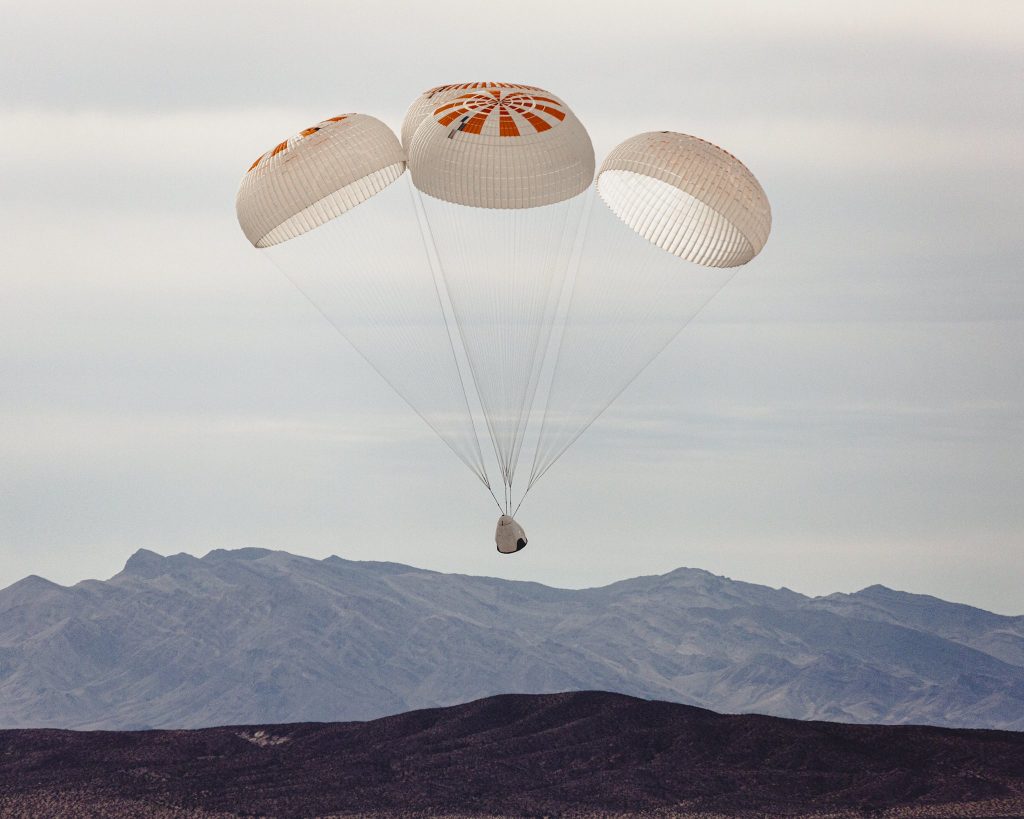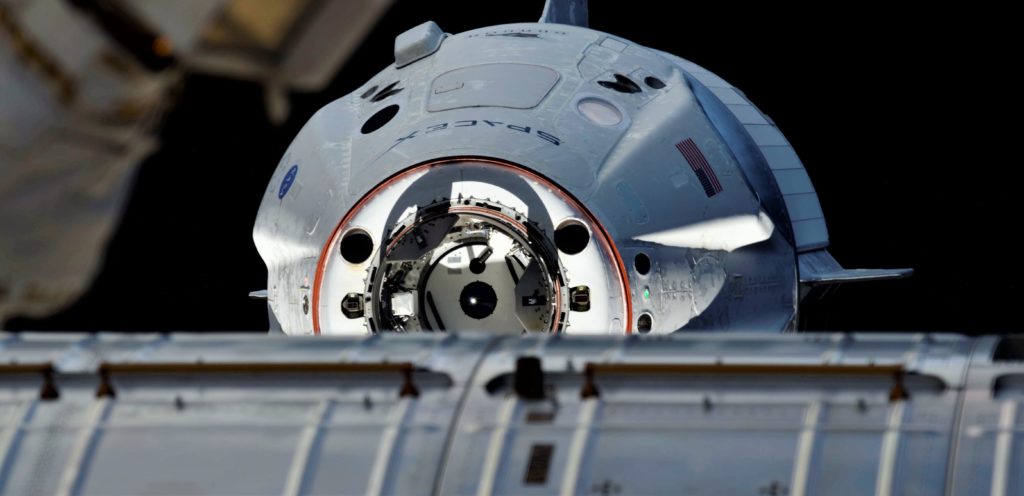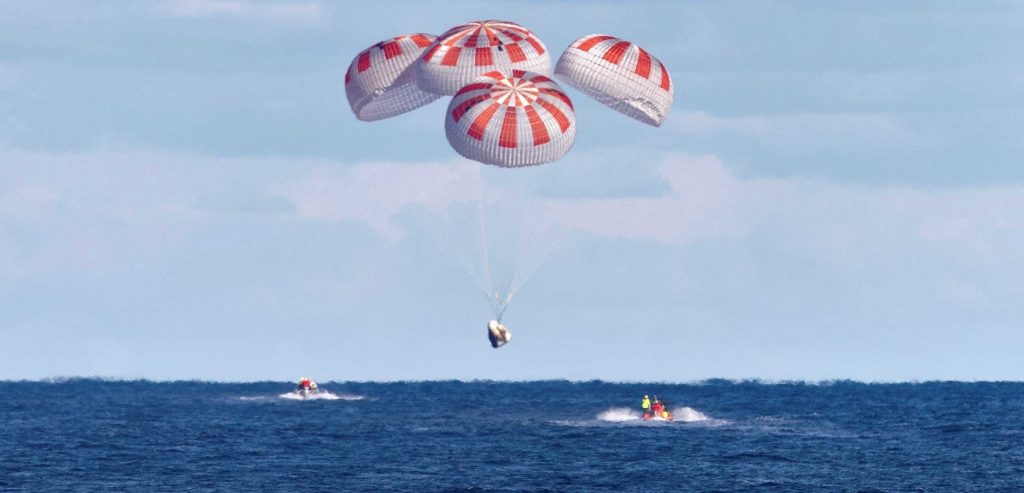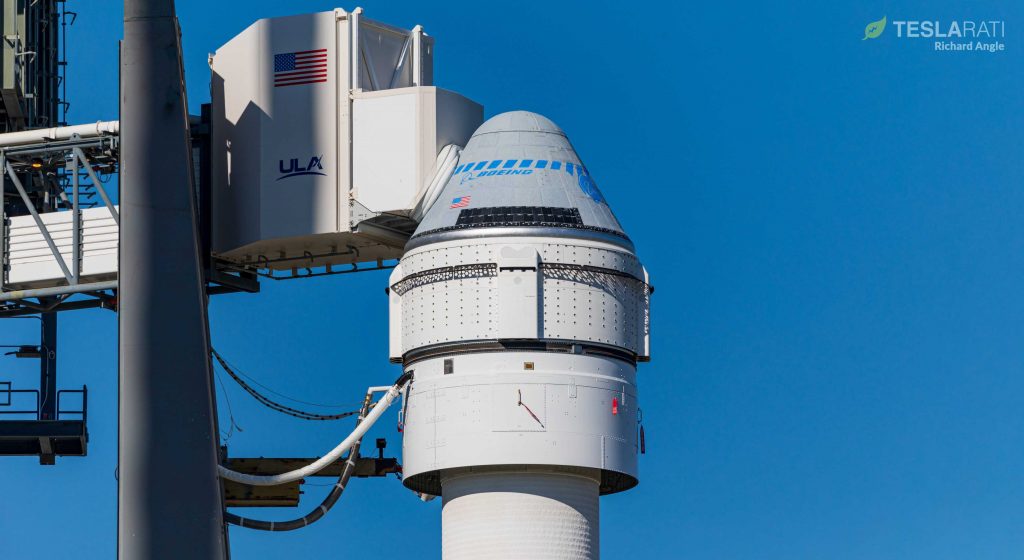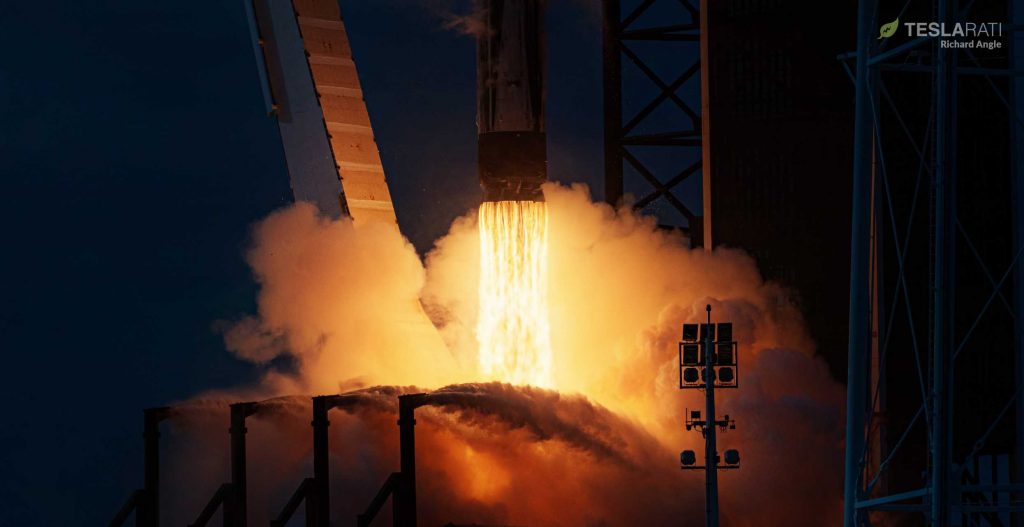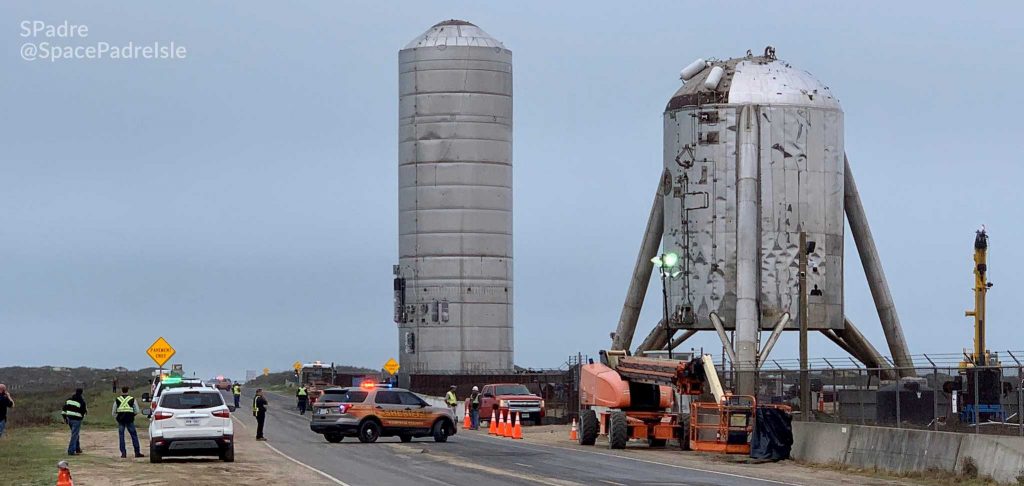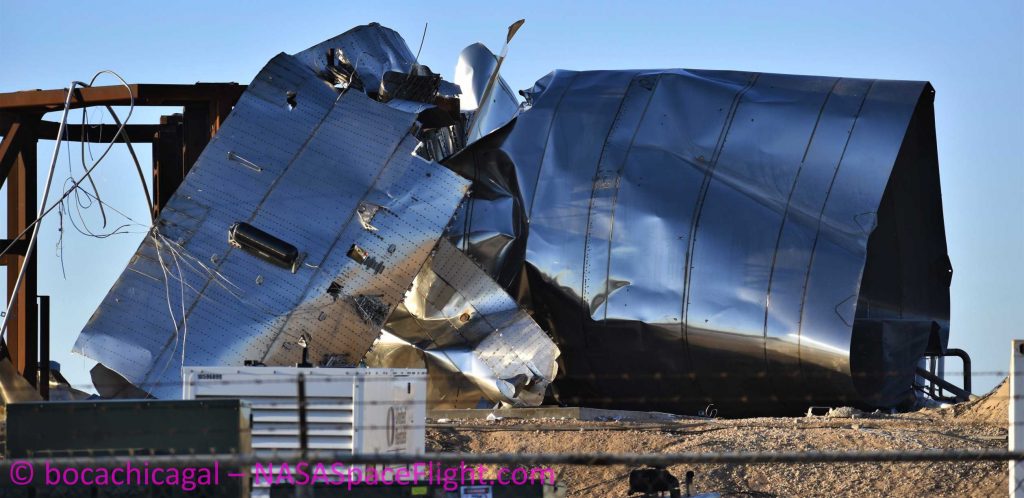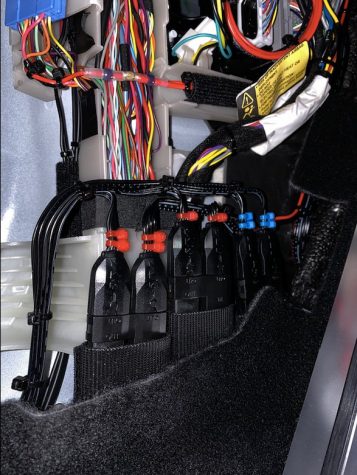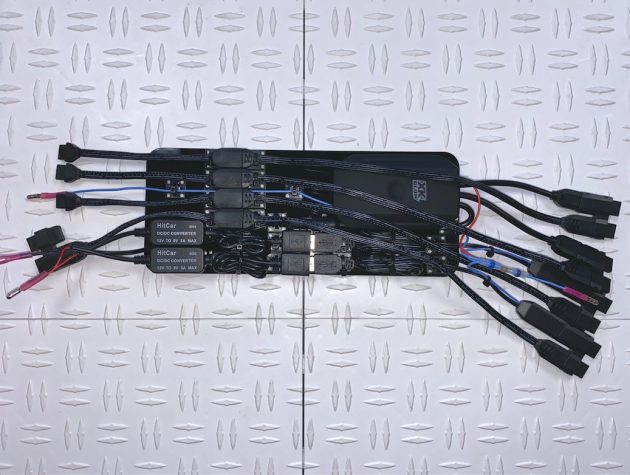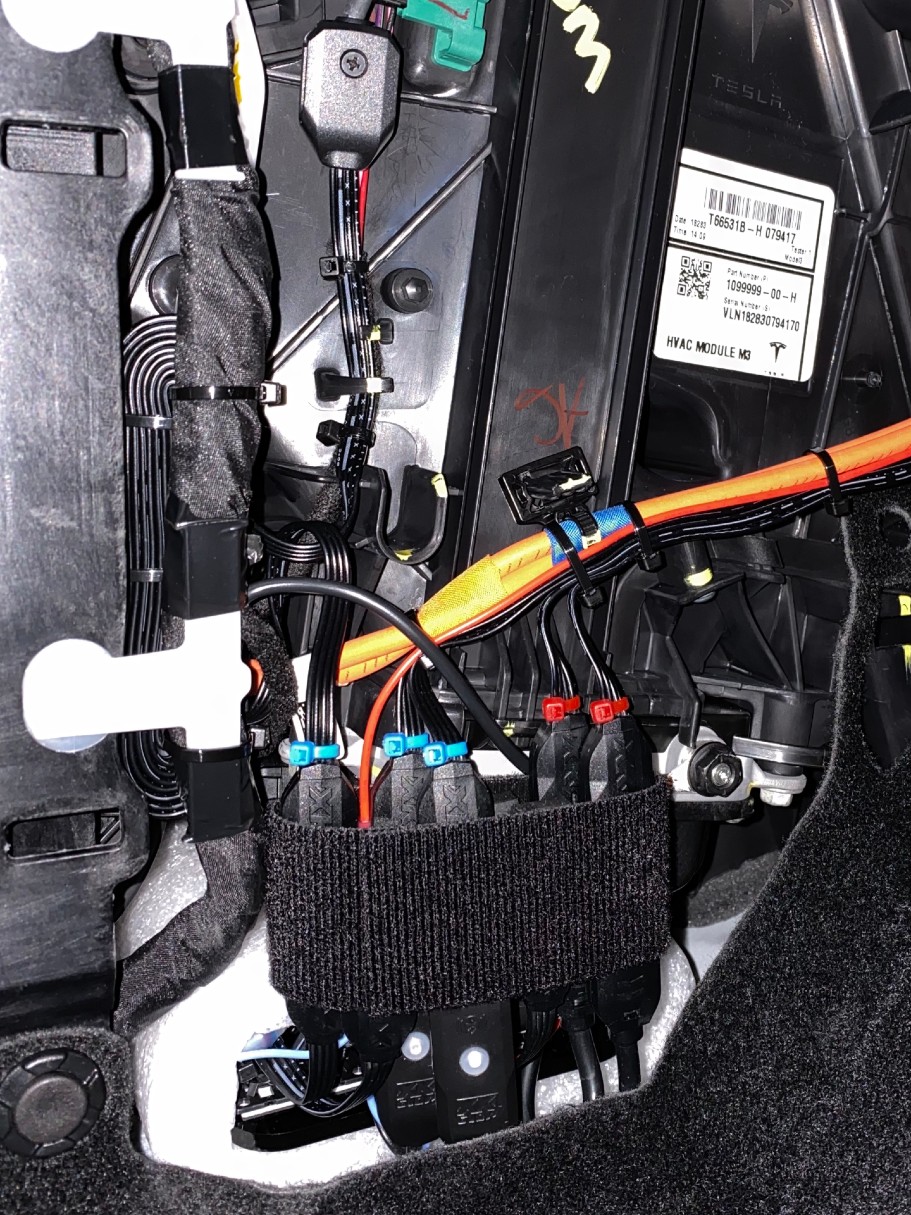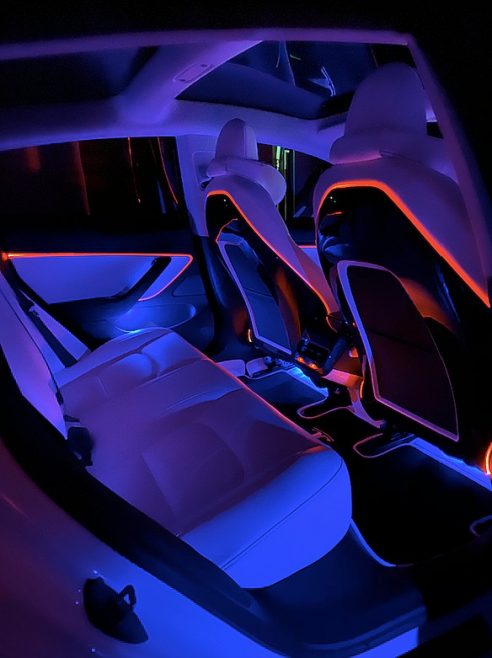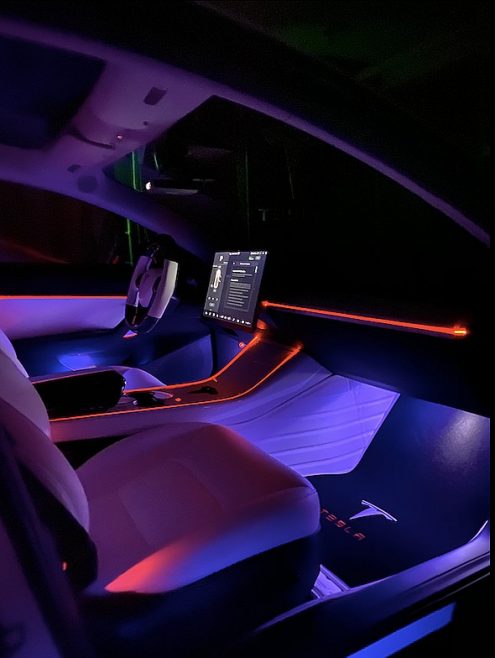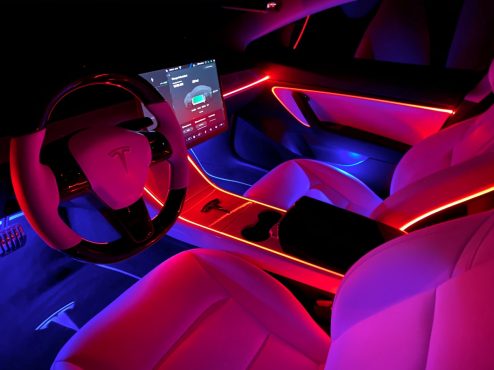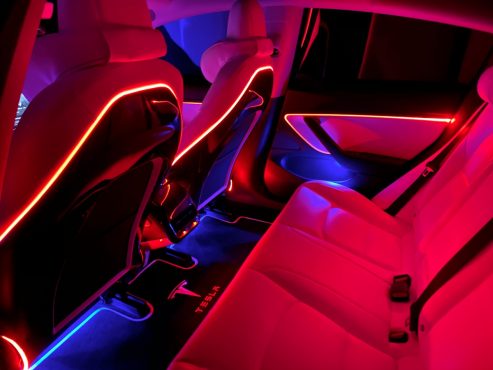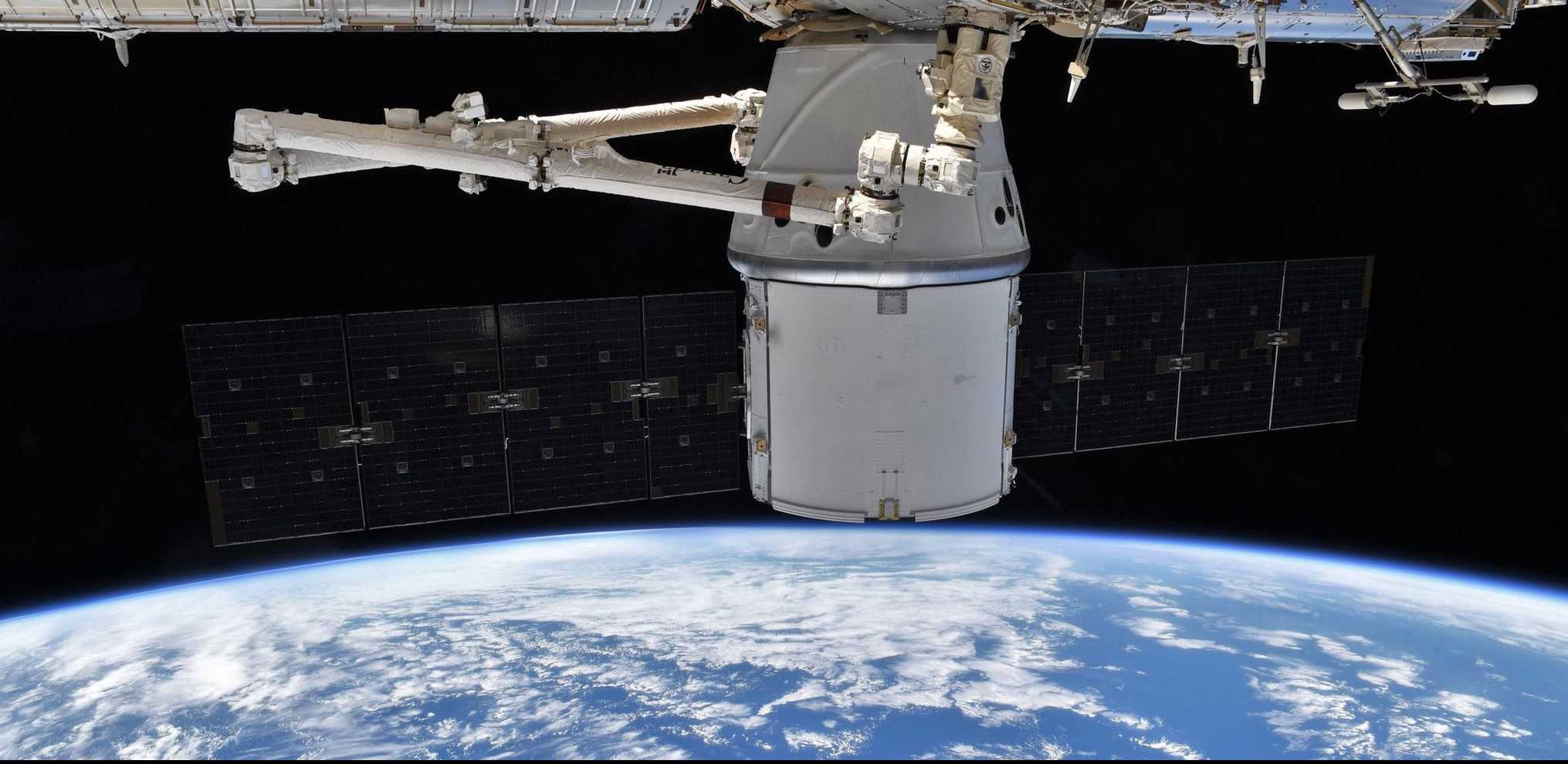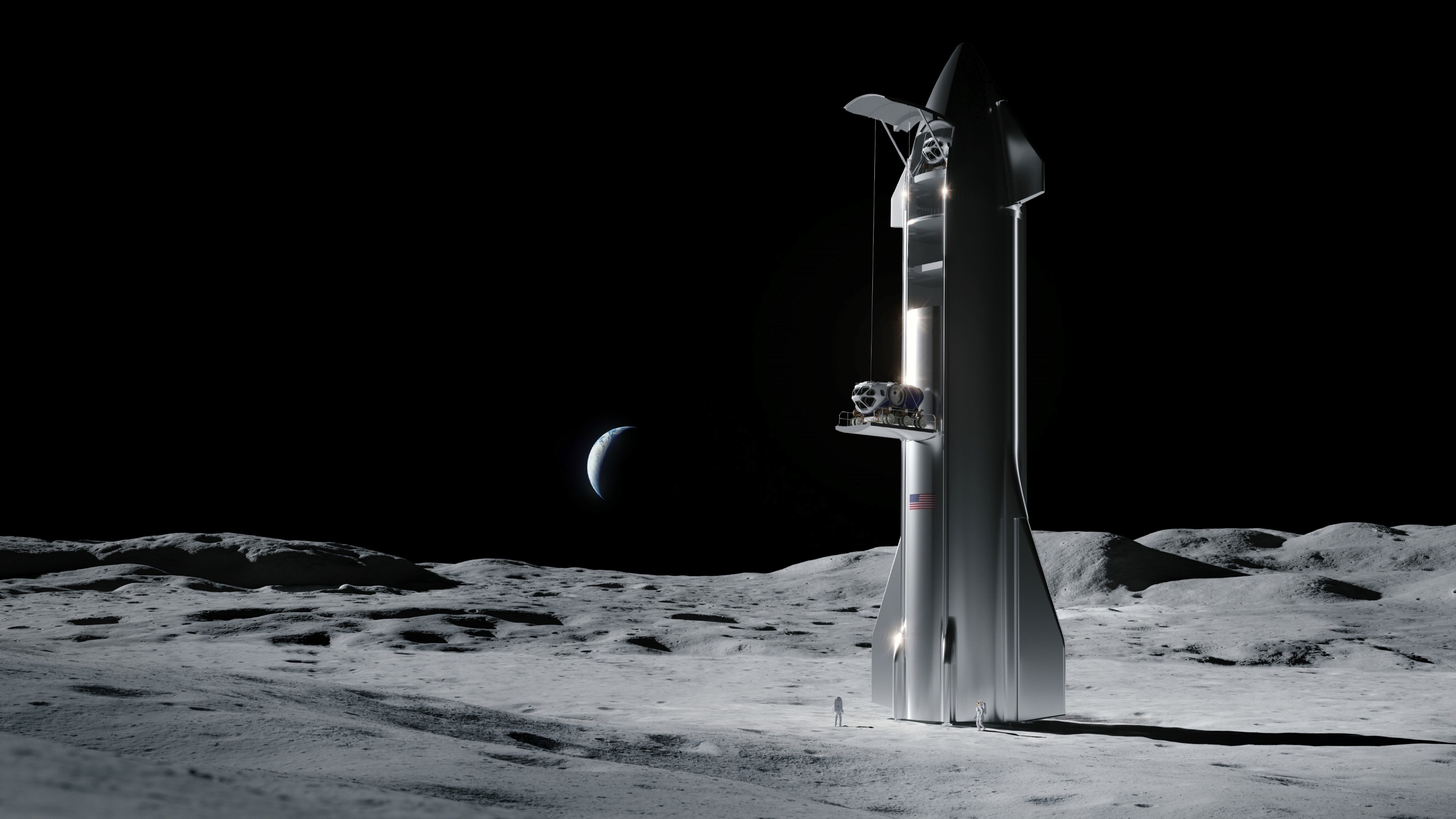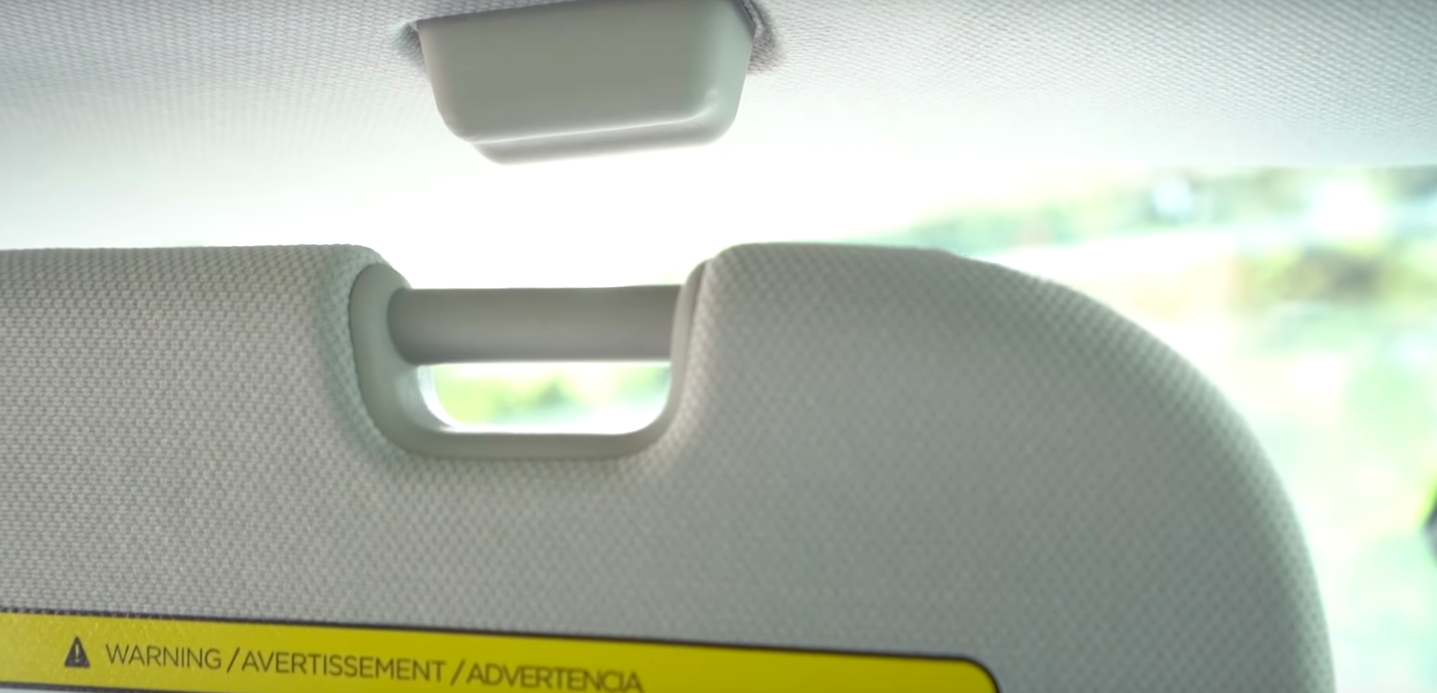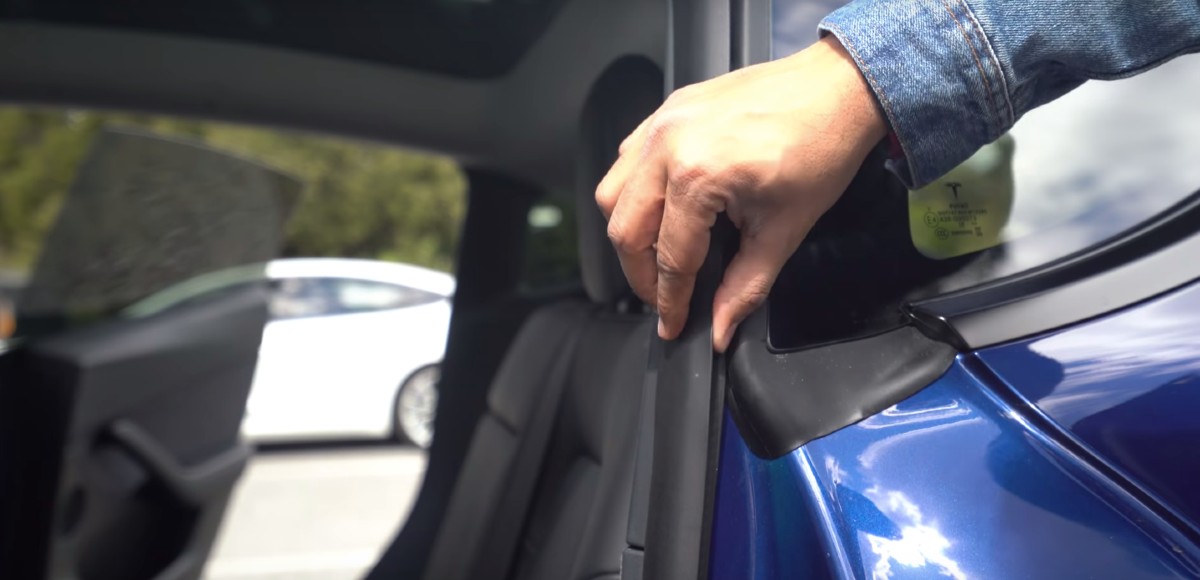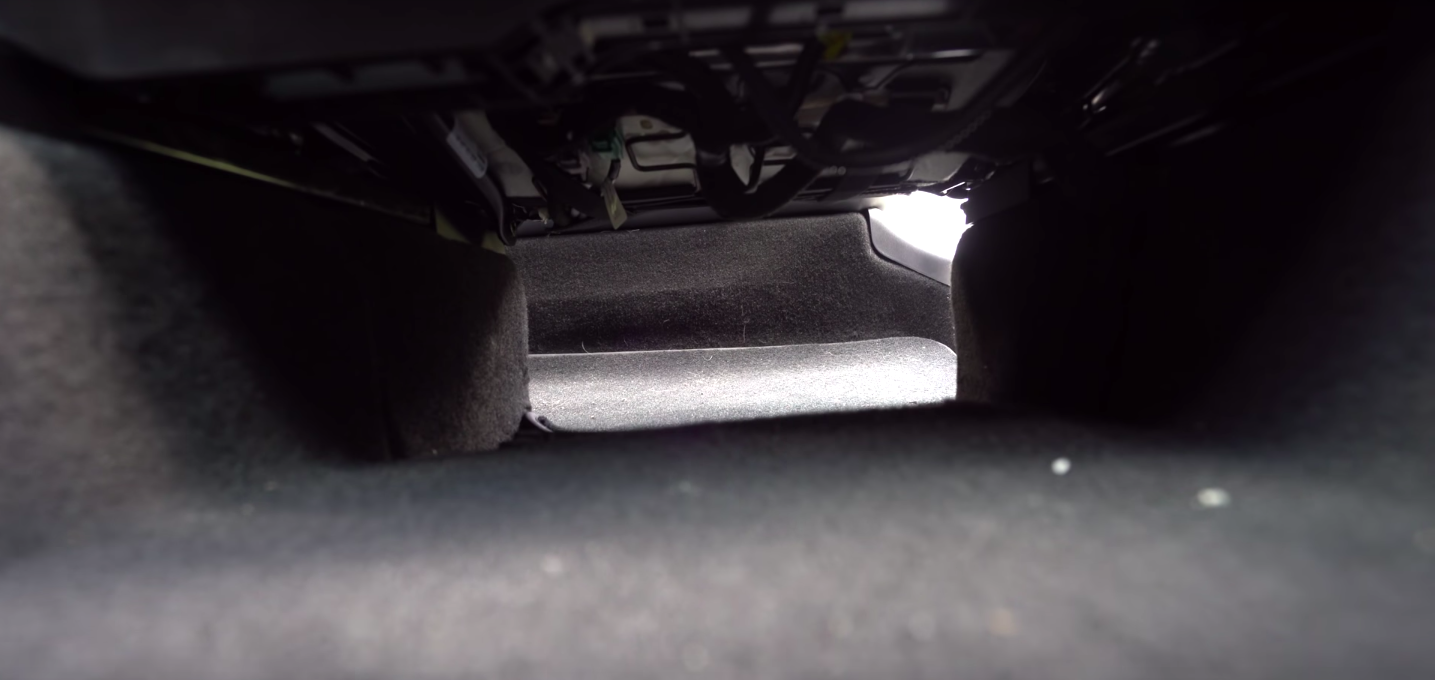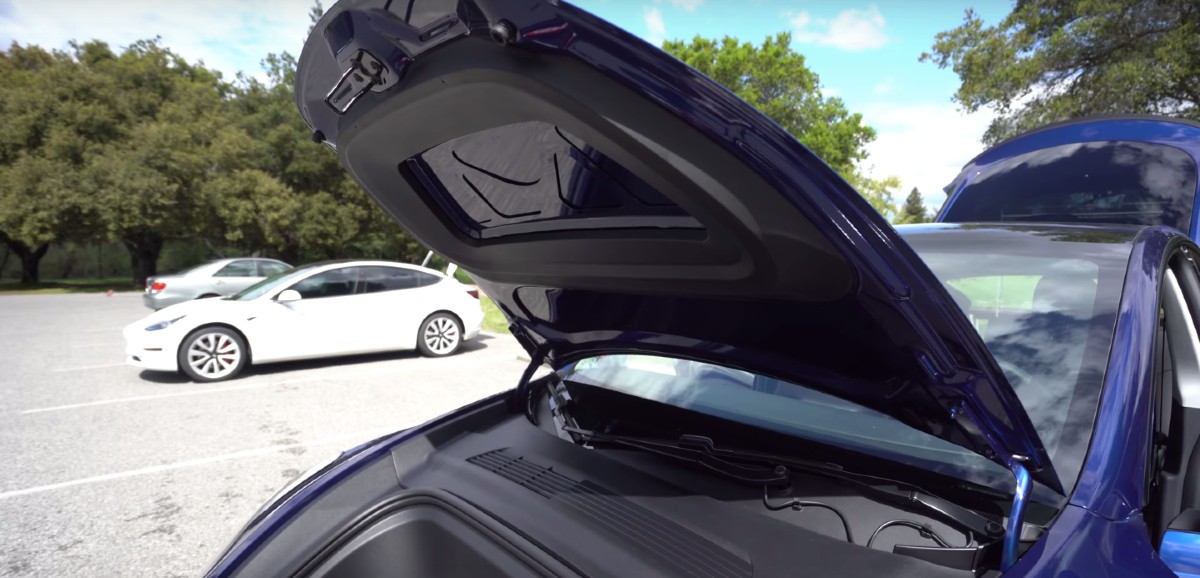To attain full self-driving and deploy a fleet of the Robotaxis as intended by CEO Elon Musk, Tesla would need to master how its vehicles respond to stop lights and stop signs. Fortunately, it appears that Tesla is making a lot of headway towards attaining this capability, if the recently-released manual for the function is any indication.
Tesla enthusiast and resident hacker @greentheonly recently shared the notes for the electric car maker’s Stopping at Traffic Lights and Stop Signs feature, which seems to have started rolling out to early access program members. Based on the feature’s manual, the upcoming driver-assist feature will be using the vehicles’ forward-facing cameras and GPS data to accurately respond to traffic lights and stop signs.
Interestingly enough, the notes also indicated that Stopping at Traffic Lights and Stop Signs are enabled when Autosteer and Traffic-Aware Cruise Control are active. This suggests that the capability may be rolled out not only to owners who have purchased the company’s Full Self-Driving suite, but even those whose vehicles are only equipped with basic Autopilot. This, if any, would likely make Tesla’s fleet even safer, as the feature would increase safety for inner-city driving.
Following is a section of the Model 3 and Model 3 manual that discusses how Stopping at Traffic Lights and Stop Signs functions. Based on Tesla’s explanation in its manual, it appears that the feature, at least in its current iteration, is optimized for caution and safety, with drivers being required for prompts when their vehicles encounter green traffic lights.
“When Stopping at Traffic Lights and Stop Signs is enabled and you are using Autosteer or Traffic-Aware Cruise Control, the touchscreen displays a pop-up message to inform you that an upcoming traffic light, stop sign, or road marking has been detected. As it approaches the stop location, even at an intersection in which the traffic light is green, Model 3/Model Y slows down and displays a red line to indicate where the vehicle will come to a complete stop.
“To continue through the intersection (again, even if the traffic light is already green), you must press down on the gear level or briefly press the accelerator pedal to give the vehicle permission to proceed. When you’ve confirmed that you want to proceed, the red stop line turns grey and Model 3/Model Y continues through the intersection and resumes your set cruising speed.”
Overall, Stopping at Traffic Lights and Stop Signs seems to function in a very cautious manner for now. Such an approach could help make the feature safer, though, as the prompts from the driver could further train Tesla’s Neural Network about driving behavior in areas that have stop lights. Granted, the upcoming feature seems pretty basic for actual real-world at its current iteration, but it holds a lot of potential. It could, for one, pave the way for more inner-city automatic driving features that will be released in the near future.
Further discussions on Stopping at Traffic lights and Stop Signs from Tesla owner-enthusiast Dirty Tesla could be found in the video below.

(adsbygoogle = window.adsbygoogle || []).push({});
<!–
–>
var disqus_shortname = «teslarati»;
var disqus_title = «Tesla Autopilot details for Traffic Light and Stop Sign detection leaked»;
var disqus_url = «https://www.teslarati.com/tesla-autopilot-traffic-light-stop-sign-detection-details-leaked/»;
var disqus_identifier = «teslarati-134577»;

